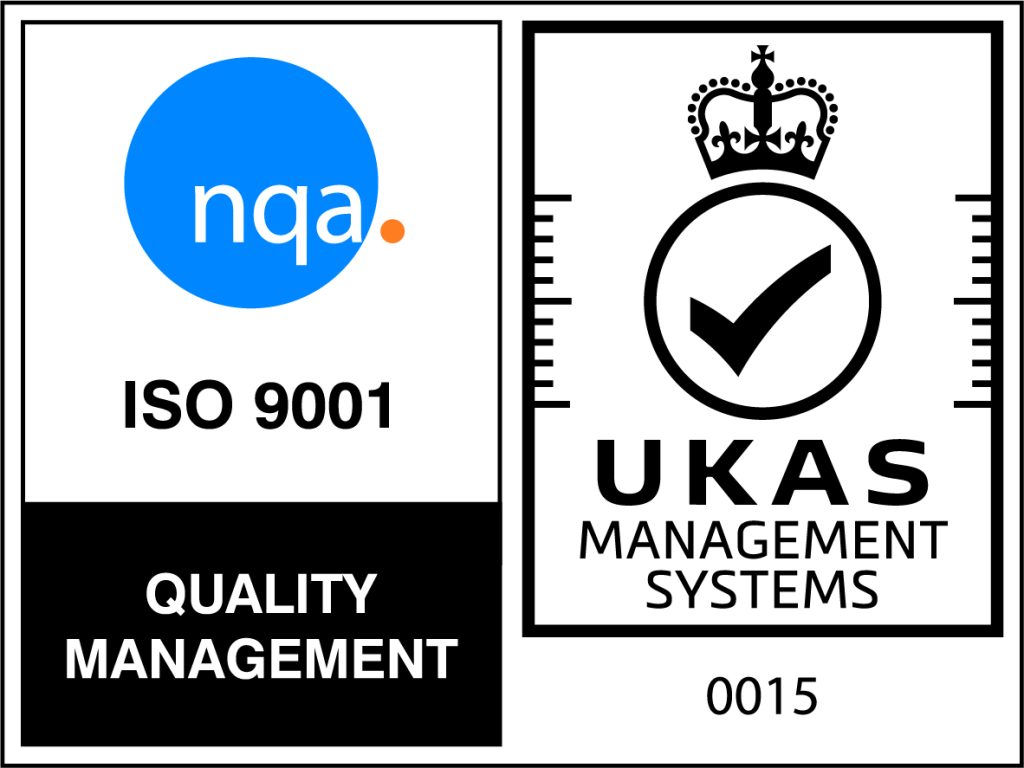Ebook
What is Sprint Velocity – and How Can it Accelerate Your Enterprise?




What is Sprint Velocity?
Velocity is calculated at the end of the sprint by adding up the points for all completed User Stories or customer requirements.
With this prior knowledge, your business can plan future projects knowing how much work can be completed in the next sprint. This will help you to accurately allocate time and resources to complete the project.
Furthermore, Sprint Velocity estimates give customers and stakeholders a better idea of when they can expect the delivery of products and services.
This guide will cover the best ways to improve Sprint Velocity. The common denominator is that to move faster, you must make the effort now and “plant the seeds” to enable higher productivity in future sprints.
How Do You Estimate Sprint Velocity?
To estimate what quantity of work can be completed in a set time frame, first you must measure the work that has been done previously. To get a good average measurement of previous work, you should review the previous three sprints.
Here’s how:
- Count the number of user story points completed in each sprint. At the end of a sprint, add up how many stories points the team completed.
- For example, assume that in Sprint 1, the team had set out to complete 5 user stories with 10 points each, totalling 50 story points – but had completed just three.
- In Sprint 2, the team committed to 7 user stories (including the 2 that were not completed in Sprint 1).
- Each user story had 10 points for a total of 70 story points. The team completed 4 of the 7 user stories.
- In Sprint 3, the team committed to nine user stories, each with 10 story points for a total of 90 story points and completed 5. Now calculate the average of completed story points.
- 3 x 10 = 30
4 x 10 = 40
5 x 10 = 50
Average Sprint Velocity: 120 / 3 = 40 - You can now base the amount of work to be done in future sprints on the average of 40 points.
- If you have 120 points yet to be completed, you can reasonably estimate that your team will need three sprints to finish the project.
How do you accelerate the product-to-market Process?
Advance planning can boost efficiency dramatically. It is a great opportunity to bring your team together to establish what everyone is responsible for over the next sprint. For your sprint planning meeting, write up task breakdowns for the next one to three sprints, and only “stubs” for user stories in the next four to five sprints. This added transparency helps to identify challenges, and dependencies, and to consider approaches and technical solutions, keeping you ahead of the game.
The sprint retrospective is essential for helping teams develop and enhance their processes. The key to success in any enterprise is communication, and that requires people to sit down with each other from time to time to address and resolve practical and technical problems.

How Do You Stabilise and Improve Sprint Velocity?
Stabilisation Sprints are added to the end of your team’s normal development cycle before the product or service is shipped.
These are used to perform testing, resolve technical backlogs, clean up code, fix bugs, and much more.
You will not ordinarily need to track velocity in stabilisation sprints because you are not adding any new story points.
A ResearchGate study found that velocity always fluctuated in the first few iterations from sprint to sprint. The report also discovered that velocity is most likely to stabiles after completing at least three iterations.
Things to Consider for Stabilisation & Improvement:
- Keep your user stories clear and simple
- While dispensing with unnecessary testing is important, it is equally important to implement rigorous testing where it is needed.
- Use sprint retrospectives to revise how to stabilize velocity. Focus on communication and team coordination.
- Eliminate time-consuming dependencies.
- Put Quality above Quantity.
- Keep team membership and size consistent.
Discover What We Do
What Needs to be Considered for Sprint Planning?
The cornerstone of any Agile Scrum framework is transparency. This applies to team members and technology alike. For communication and efficiency, all team members must be involved in the development of the sprint backlog.
Routine updates will ensure that your backlog reflects the progress of the team and adapts to meet their Sprint Goal. This will help team members to adjust their priorities and targets accordingly. It is important that Scrum teams invite as many people to participate as possible – diverse feedback is essential for making progress.
Impediments can prevent you from reaching your Sprint Goal, which is why Agile Scrum frameworks are designed to be resilient and adaptable.
Being proactive and tackling issues upfront empowers teams to find the most suitable adjustments and solutions before the issue becomes a burden on the overall project.
Your team should never add or remove stories from the Backlog once the Sprint has begun. This would be the equivalent of an architect redesigning a skyscraper while the construction team was halfway there. It should only ever be considered as an absolute last resort. Remaining consistent is the best way of avoiding painstaking disruptions and delays.
While subtasks are often the best way of organising work around a story, they risk distracting your team from the Sprint Goal in hand.
Team members should take on subtasks while the story lead should take on the story hosting those subtasks. This structure provides accountability and keeps teams on track.
What are the Main Benefits of Sprint Velocity?

There are many different methods agile organisations can implement to increase their Sprint Velocity.
Done correctly, the combination of Sprint Velocity and high-quality software technology has the potential to help your organisation double its efficiency and productivity.
It will also help you avoid overpromising your clients and stakeholders on product and service delivery.
The ability to move quickly is paramount but going that extra mile to plant the seeds of efficiency is key to ensuring productivity and sustainability in the long term.




